We explain which foods work best with cooking spray (like Pam) and when you're better off using olive oil or butter.
Here’s When You Should Use Cooking Spray (and When You Shouldn’t)
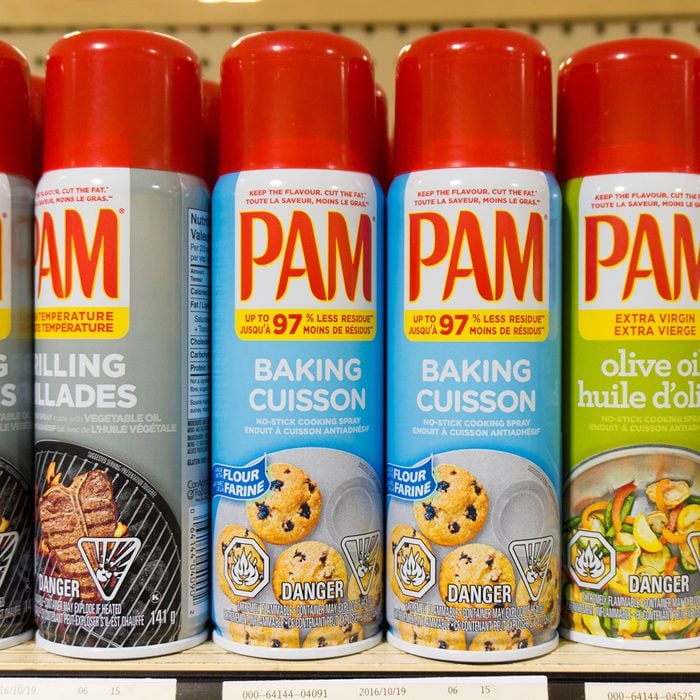
A quick spritz of cooking spray magically keeps food from sticking to a pan. But it’s not good for every situation. Sometimes, you’re better off using nonstick spray alternatives like butter, shortening, oil or lard. We break down when to use it, and when not to.

Works well: Low-fat, low-calorie cooking
If you’re counting your calories, cooking spray is the way to go. A one-second spray contains about 7 calories and 1 gram of fat. By comparison, a tablespoon of butter and olive oil both contain over 100 calories and 12 to 14 grams of fat, respectively.
Psst: This is the best cooking spray to use in your kitchen.
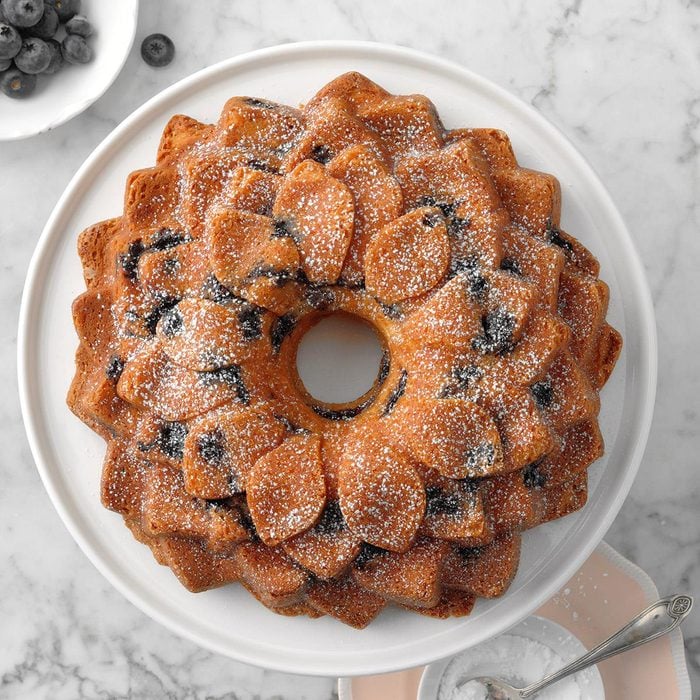
Works well: Creating even, consistent coating
An evenly-greased pan means your baked goods won’t stick. No one wants to make a Bundt cake only to have half of it stay behind in the pan! Cooking spray coats more evenly than butter or shortening. For pans with lots of crevices and hard-to-reach places, consider using baking spray, which also contains flour for extra release protection.
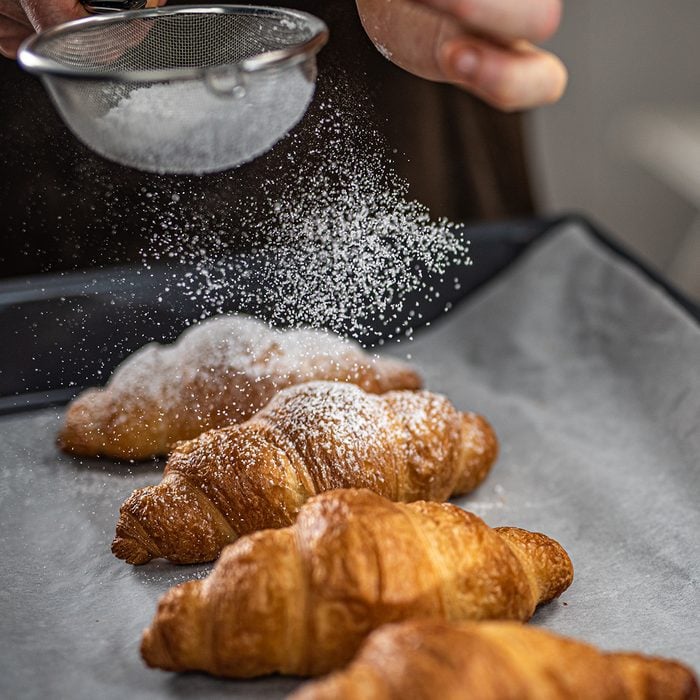
Works well: Holding parchment in place
If your recipe calls for parchment paper, give the pan a quick spray with cooking spray first. The spray will hold the parchment in place, keeping it from sliding around as you pour in the batter.
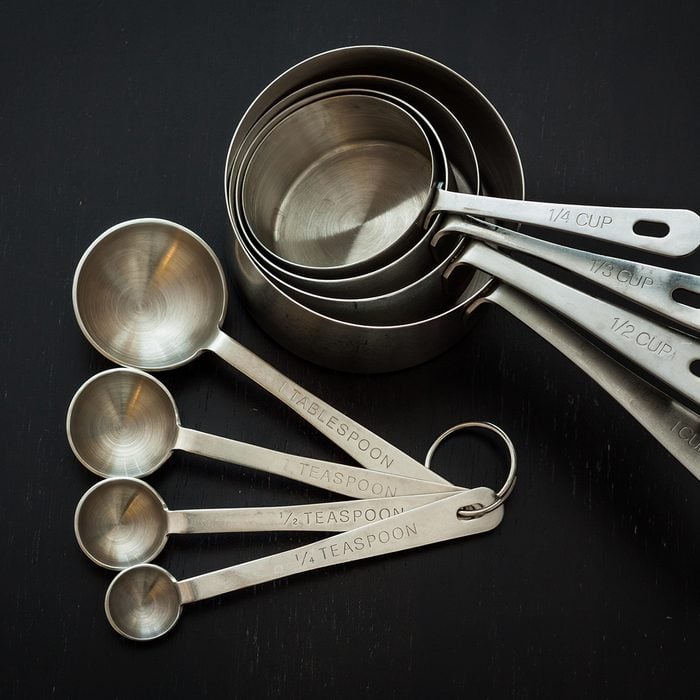
Works well: Keeping sticky ingredients from sticking
Our favorite alternative use for cooking spray is to spray our measuring cups. It keeps stubborn, sticky ingredients like honey or peanut butter from sticking to the inside of the cup. You can also spray a box grater before grating cheese to make cleanup a breeze.
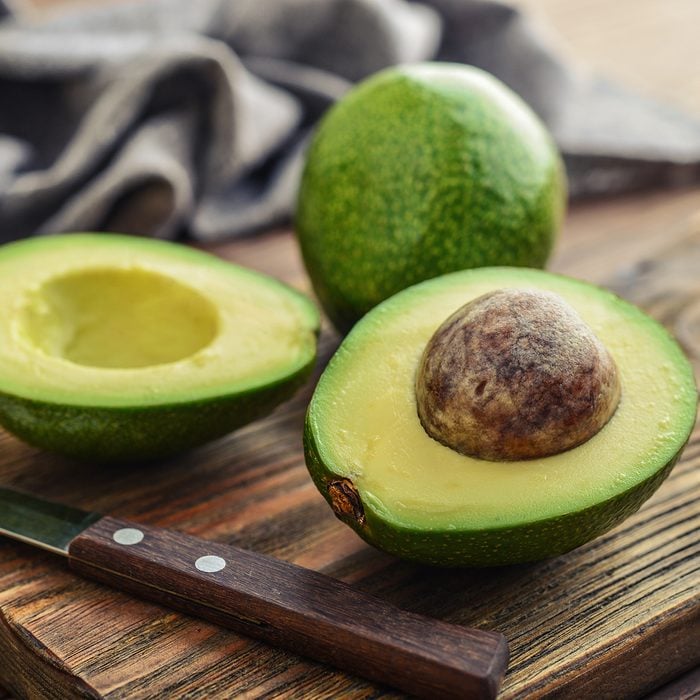
Works well: Keeping an avocado from browning
This one might sound weird, but it totally works. Spray an avocado with nonstick cooking spray to create an oxygen-proof barrier. It works better than rubbing on oil or wrapping the avocado with plastic wrap.

Doesn’t work so well: Creating soft edges
Nonstick cooking spray creates a crust on the bottom of baked goods. That might be okay for some recipes, but recipes like pound cake taste better with soft, pillowy edges. It’s better to grease the pan with butter or shortening and coat it with a thin layer of flour for added stick protection.
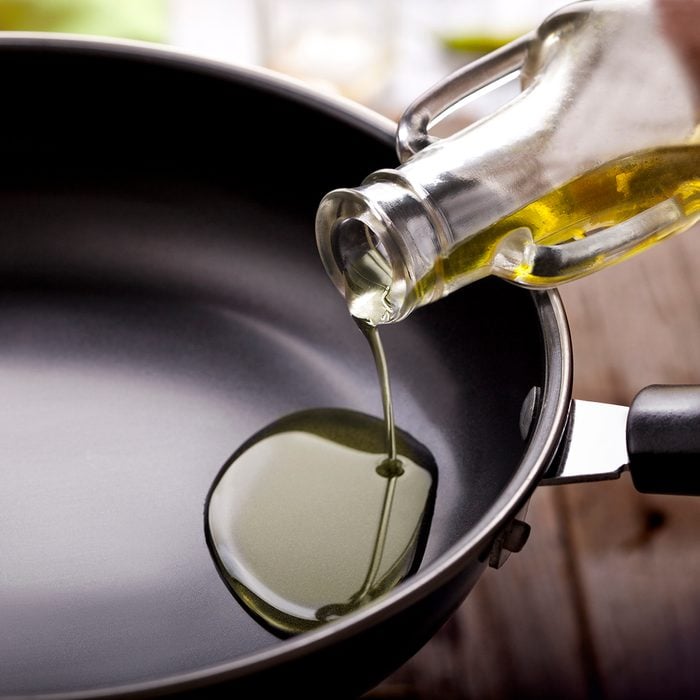
Doesn’t work so well: Nonstick pans
Cooking spray is not compatible with the coating on most nonstick pans. It can create a buildup over time that’s impossible to remove, ruining your pan. Instead, cook with a small amount of oil or butter.

Doesn’t work so well: Creating flavor
Cooking spray is usually made with neutral oils, and it won’t help create layers of flavor in your cooking. When sautéing or searing meats and vegetables, use olive oil or butter for a more flavorful experience.

Doesn’t work so well: Soy allergies
Most brands of cooking spray contain soy lecithin as an emulsifying agent that prevents the ingredients from separating. If you’re cooking for someone with a soy allergy, you’ll want to use another cooking oil.
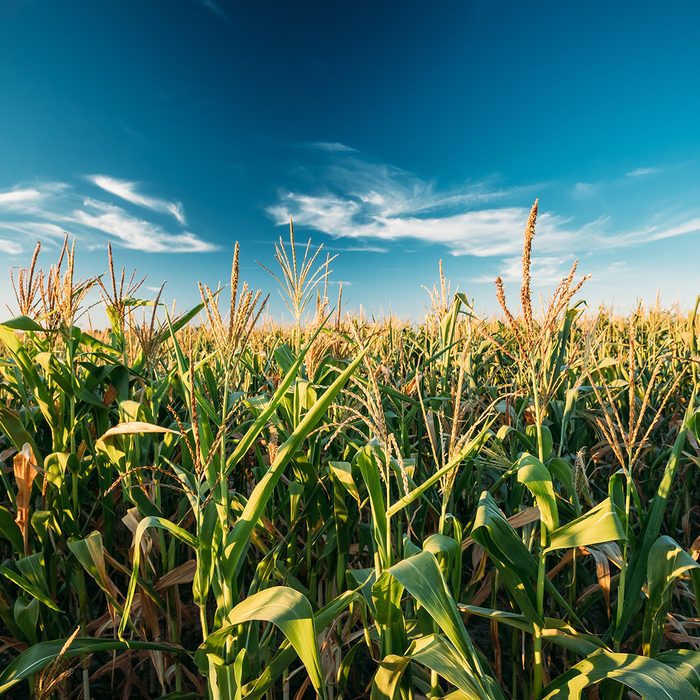
Doesn’t work so well: Avoiding GMOs
While there are some cooking sprays with a Non-GMO Project verified seal, most cooking sprays use soy, corn or rapeseed (canola) oil. If you’re avoiding GMOs but must use cooking spray, look for an organic brand.
